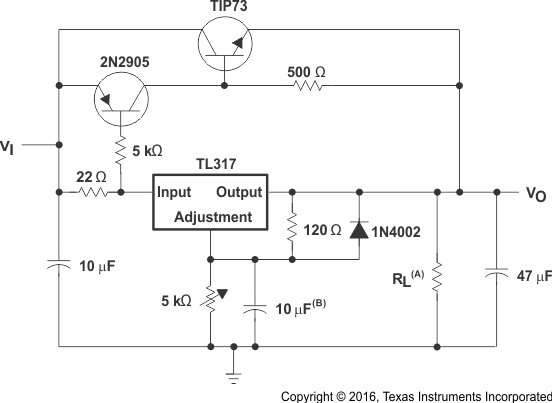SLVS004I April 1979 – August 2016 TL317
PRODUCTION DATA.
- 1 Features
- 2 Applications
- 3 Description
- 4 Revision History
- 5 Pin Configuration and Functions
- 6 Specifications
- 7 Detailed Description
-
8 Application and Implementation
- 8.1 Application Information
- 8.2
Typical Applications
- 8.2.1 Adjustable Voltage Regulator
- 8.2.2 0-V to 30-V Regulator Circuit
- 8.2.3 Regulator Circuit With Improved Ripple Rejection
- 8.2.4 Precision Current-Limiter Circuit
- 8.2.5 Tracking Preregulator Circuit
- 8.2.6 Slow-Turnon 15-V Regulator Circuit
- 8.2.7 50-mA Constant-Current Battery-Charger Circuit
- 8.2.8 Current-Limited 6-V Charger
- 8.2.9 High-Current Adjustable Regulator
- 9 Power Supply Recommendations
- 10Layout
- 11Device and Documentation Support
- 12Mechanical, Packaging, and Orderable Information
封装选项
机械数据 (封装 | 引脚)
散热焊盘机械数据 (封装 | 引脚)
- PS|8
订购信息
8 Application and Implementation
NOTE
Information in the following applications sections is not part of the TI component specification, and TI does not warrant its accuracy or completeness. TI’s customers are responsible for determining suitability of components for their purposes. Customers should validate and test their design implementation to confirm system functionality.
8.1 Application Information
The flexibility of the TL317 allows it to be configured to take on many different functions in DC power applications.
8.2 Typical Applications
8.2.1 Adjustable Voltage Regulator
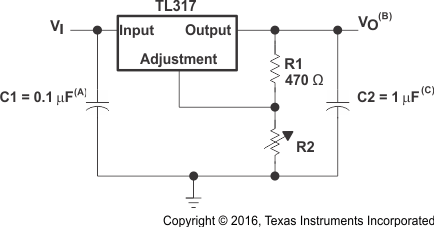 Figure 4. Adjustable Voltage Regulator
Figure 4. Adjustable Voltage Regulator
8.2.1.1 Design Requirements
- R1 and R2 are required to set the output voltage.
- C1 is recommended, particularly if the regulator is not in close proximity to the power-supply filter capacitors. A 0.1-µF ceramic or 1-µF tantalum capacitor provides sufficient bypassing for most applications, especially when adjustment and output capacitors are used.
- Use of an output capacitor, C2, improves transient response, but is optional.
8.2.1.2 Detailed Design Procedure
VO is calculated as shown in Equation 1. IADJ is typically 50 µA and negligible in most applications.
Power dissipation for linear regulators is calculated as shown in Equation 2. IADJ is typically 50 µA and negligible in most applications, so a typical way to calculate power dissipation for linear regulators is simplified to Equation 3.
8.2.1.3 Application Curve
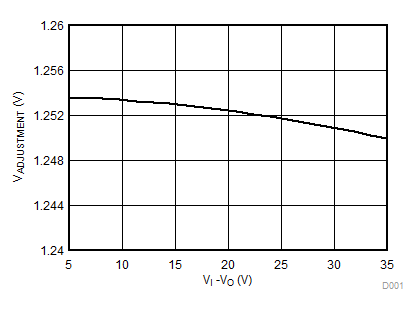 Figure 5. Line Regulation
Figure 5. Line Regulation
8.2.2 0-V to 30-V Regulator Circuit
VO is calculated as shown in Equation 4, where Vref equals the difference between OUTPUT and ADJUSTMENT voltages (approximately 1.25 V).

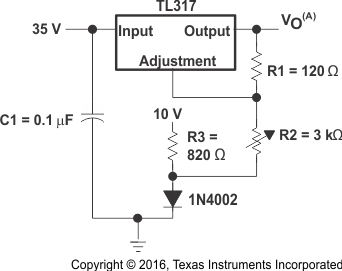 Figure 6. 0-V to 30-V Regulator Circuit Schematic
Figure 6. 0-V to 30-V Regulator Circuit Schematic
8.2.3 Regulator Circuit With Improved Ripple Rejection
- Protection diode D1 is recommended if C2 is used. The diode provides a low-impedance discharge path to prevent the capacitor from discharging into the output of the regulator
- Use of an output capacitor, C2, improves transient response, but is optional.
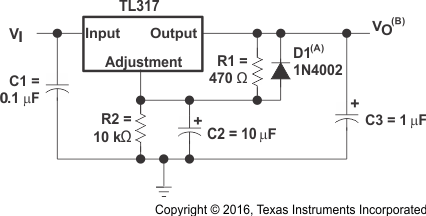 Figure 7. Regulator Circuit With Improved Ripple Rejection Schematic
Figure 7. Regulator Circuit With Improved Ripple Rejection Schematic
8.2.4 Precision Current-Limiter Circuit
The use of the TL317 in this configuration limits the output current to Ilimit shown in Figure 8.
 Figure 8. Precision Current-Limiter Circuit
Figure 8. Precision Current-Limiter Circuit
8.2.5 Tracking Preregulator Circuit
This application keeps a constant voltage across the second TL317 in the circuit.
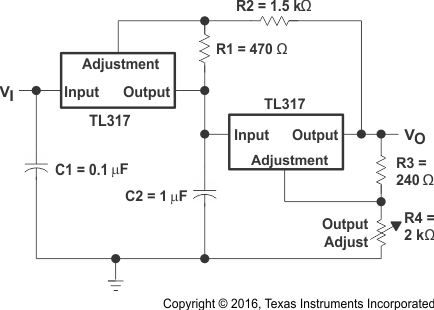 Figure 9. Tracking Preregulator Circuit Schematic
Figure 9. Tracking Preregulator Circuit Schematic
8.2.6 Slow-Turnon 15-V Regulator Circuit
The capacitor C1, in combination with the PNP transistor, helps the circuit to slowly start supplying voltage. In the beginning, the capacitor is not charged. Therefore, output voltage starts at VC1+ VBE + 1.25 V = 0 V + 0.65 V + 1.25 V = 1.9 V. As the capacitor voltage rises, VOUT also rises at the same rate. When the output voltage reaches the value determined by R1 and R2, the PNP is turned off.
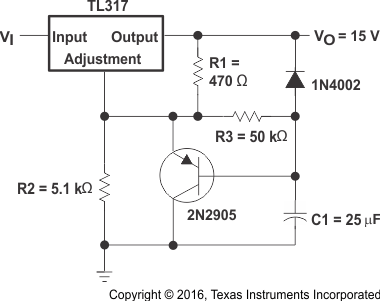 Figure 10. Slow-Turnon 15-V Regulator Circuit Schematic
Figure 10. Slow-Turnon 15-V Regulator Circuit Schematic
8.2.7 50-mA Constant-Current Battery-Charger Circuit
The current limit operation mode can be used to trickle charge a battery at a fixed current. ICHG = 1.25 V / 24 Ω. VI must be greater than VBAT + 4.25 V (1.25 V [VREF] + 3 V [headroom]).
Power dissipation through resistor R1 is calculated as shown in Equation 5, so a resistor with the appropriate power rating must be chosen for this application.
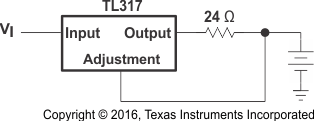 Figure 11. 50-mA Constant-Current Battery-Charger Circuit
Figure 11. 50-mA Constant-Current Battery-Charger Circuit
8.2.8 Current-Limited 6-V Charger
As the charge current increases, the voltage at the bottom resistor increases until the NPN starts sinking current from the adjustment pin. The voltage at the adjustment pin drops, and consequently the output voltage decreases until the NPN stops conducting.
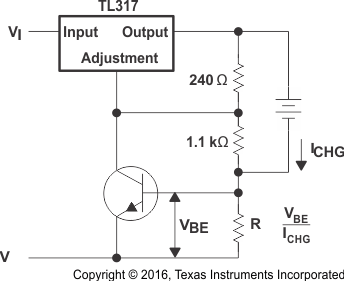 Figure 12. Current-Limited 6-V Charger Schematic
Figure 12. Current-Limited 6-V Charger Schematic
8.2.9 High-Current Adjustable Regulator
The NPNs at the top of the schematic allow higher currents at VOUT than the LM317 can provide, while still keeping the output voltage at levels determined by the adjustment pin resistor divider of the LM317.
